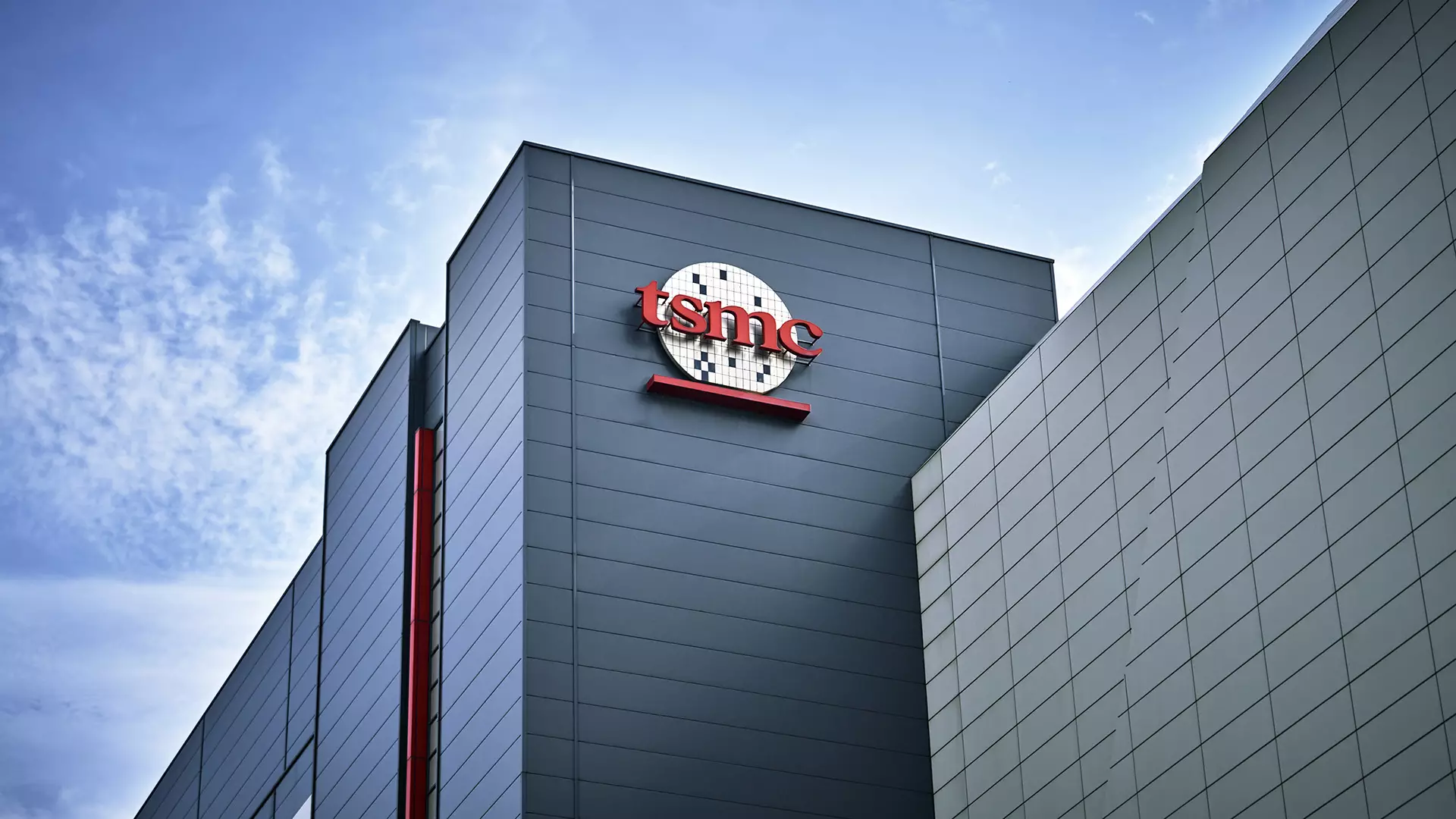The recent scandal involving Taiwan Semiconductor Manufacturing Company (TSMC) underscores an urgent truth: in the high-stakes world of semiconductor innovation, intellectual property is not just corporate asset—it’s national security. When a company as influential as TSMC faces allegations of employee theft of trade secrets related to its next-generation N2 process node, the implications ripple far beyond Taiwan’s borders. This isn’t merely a case of internal corporate misconduct; it’s a wake-up call about the fragility of advanced technology ecosystems and the geopolitical battles waged within cleanrooms and server farms.
The arrest of multiple employees—including both current and former staff—over suspicions of stealing proprietary process details reveals a deeper vulnerability. TSMC’s technological edge, which commands nearly 70% of the global foundry market, hinges on continuous innovation and confidentiality. When these secrets are compromised, the competitive landscape shifts dangerously. The Taiwanese government’s swift action, invoking the National Security Act with potential sentences up to 12 years, demonstrates how seriously the state perceives the threat. It signals that Taiwan perceives such incidents as not only corporate betrayals but acts of economic sabotage.
Why Semiconductor Theft Is a Catalyst for Global Tensions
This incident is emblematic of a broader geopolitical tug-of-war. Semiconductors are the backbone of modern technology—integral to everything from smartphones to military defense systems. The specter of espionage and IP theft in this sector fuels fears of technological dominance shifting from innovation to coercion. Countries have all the more reason now to guard their secrets fiercely, knowing that a single breach can accelerate rivals’ R&D, disturb global supply chains, or alter the balance of power.
Furthermore, the value of stolen data in the semiconductor world is staggering. Tiny improvements in process nodes—like the leap from N3 to N2—translate into performance gains, greater energy efficiency, and market supremacy. For firms like AMD, Nvidia, Apple, and Intel, access to cutting-edge manufacturing techniques offers a competitive advantage that can decide market share and profitability. When such knowledge is unjustly obtained, the economic damage is compounded. It’s not just about losing a process—it’s about losing technological leadership that determines who leads the next technological era.
Corporate Confidentiality and the Illusion of Security
While the headlines depict a dramatic criminal case, they also shed light on a misconception: that high-tech companies can sufficiently safeguard their innovations. In truth, the sophistication of industrial espionage has evolved alongside the technology it seeks to steal. Companies often underestimate the persistent threat of insider sabotage. With employees having unparalleled access to sensitive files, the risk of leaks increases exponentially.
The TSMC case suggests that the greatest vulnerabilities aren’t solely external hackers but internal actors motivated by financial gain, ideological allegiance, or even state sponsorship. This reality questions the effectiveness of corporate security measures and emphasizes the need for a comprehensive approach that combines technological safeguards with behavioral monitoring and strict oversight.
The Shadow of Future Conflicts and Market Disruptions
This incident also invites reflection on the fragile infrastructure of global tech supply chains. Semiconductor manufacturing is inherently complex and capital-intensive, reliant on years of research and billions in investments. A breach or theft that short-circuits R&D timelines could disrupt product launches, distort market competition, and impact consumer prices worldwide.
The race to develop advanced nodes like N2 is driven by the insatiable demand for better-performing chips. Yet, ongoing fears of IP theft threaten to destabilize this delicate balance, potentially prompting nations to revisit trade restrictions, export controls, or even foster indigenous manufacturing capabilities. The geopolitical consequences of such security breaches could be profound, reshaping alliances and economic dependencies.
A Call for Robust Security and Ethical Vigilance
Ultimately, the TSMC incident highlights the urgent necessity for a paradigm shift in how the industry perceives and manages intellectual security. R&D secrecy cannot be left solely to policies; it must be ingrained into corporate culture, technological design, and international cooperation. The fight against industrial espionage demands relentless vigilance, transparency, and strategic foresight.
Leading corporations and governments alike should view this case as a stark reminder: innovation is not only about what is achieved but also about who protects those achievements. In a world where technological supremacy can determine geopolitical stability, safeguarding the core assets of our digital future is the most critical challenge of our time.

